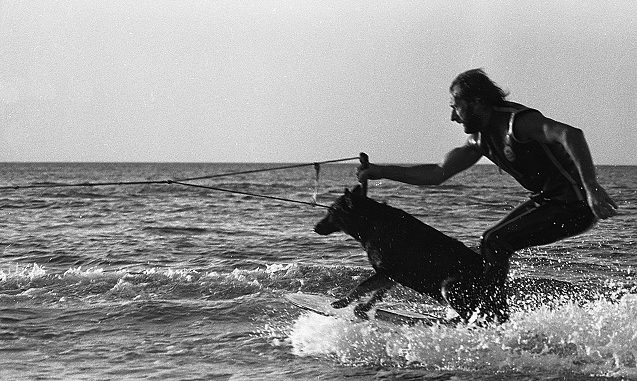
Bloodthirsty vampire virgins, resistance fighters, the arrests of notorious criminals and how a church could have become a strip joint are all stories in a new book about Birchington due out at the end of this month.
Entitled A Birchington Patchwork – The Story Of A Village And Its People, it has been written by author Nick Evans, who grew up in the village during the 1960s and 1970s.
The book features articles and photographs originally crafted by Nick’s late father Bill, a respected local journalist and Birchington resident for nearly 40 years until his death in 1995.
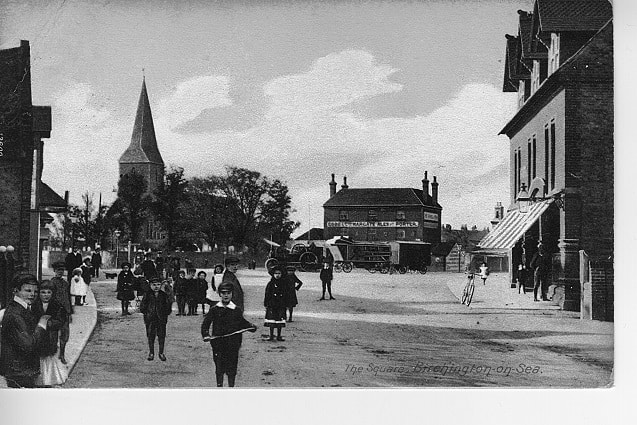
Using carbon copies of his typescripts, scanning scores of original negatives and working from Bill’s carefully archived press cuttings of the period, Nick has created a 144 page book which centres around several former residents of the village and how they contributed to give Birchington its special character and a colourful past.
Nick said: “I am bringing another perspective to the history of Birchington. Part of the beauty of all this is reviving the direct quotes of the people Bill interviewed. How else would you learn that two of Britain’s most notorious criminals – in this case the Kray twins – were ‘hopelessly incompetent without even the wit to cover up their tracks’, other than by sitting down with the retired high ranking detective who oversaw the complex operation leading to their arrest?”
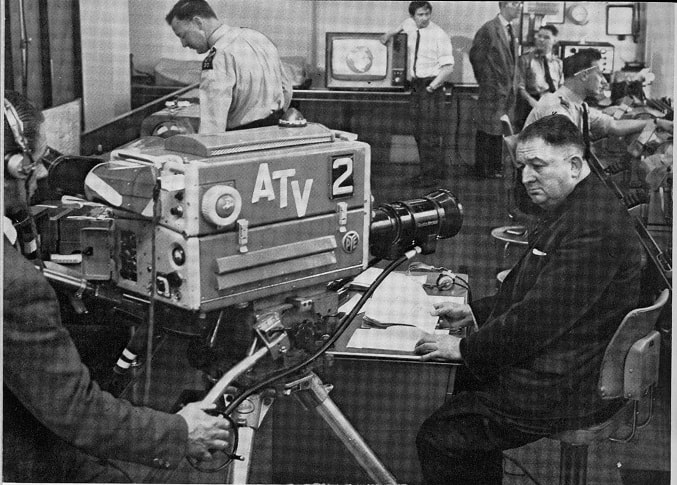
That was just one episode in the successful career of Commander Ernest Millen, who moved to Birchington in the late 1960s after retiring from the Metropolitan Police as a Deputy Assistant Commissioner. He also oversaw operations to round up the Great Train robbers as well as south London villains, the Richardson gang.
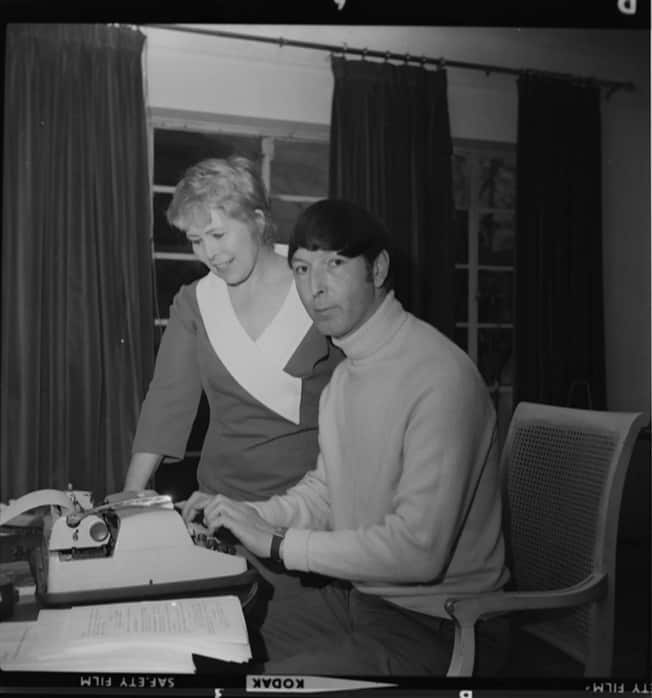
The link with bloodthirsty vampire virgins comes via scriptwriter Tudor Gates, who lived with his family at Minnis Bay for many years. He wrote a number of Hammer Horror films in the late 1960s and early 1970s as well dozens of scripts for episodes of TV’s The Saint and The Sweeney. Perhaps his most notable work was as a co-writer of the film Barbarella, starring Jane Fonda in 1968. A copy of that script was found during a loft clear out at another of his former homes in the village in 2017.
Two Second World War resistance fighters – who were engaged in entirely different settings – are also included. One is Bill Gardner, a long term resident and local businessman, who would have led a covert cell of underground fighters on near suicidal missions around Thanet’s countryside against the Germans had they invaded Britain in 1940.
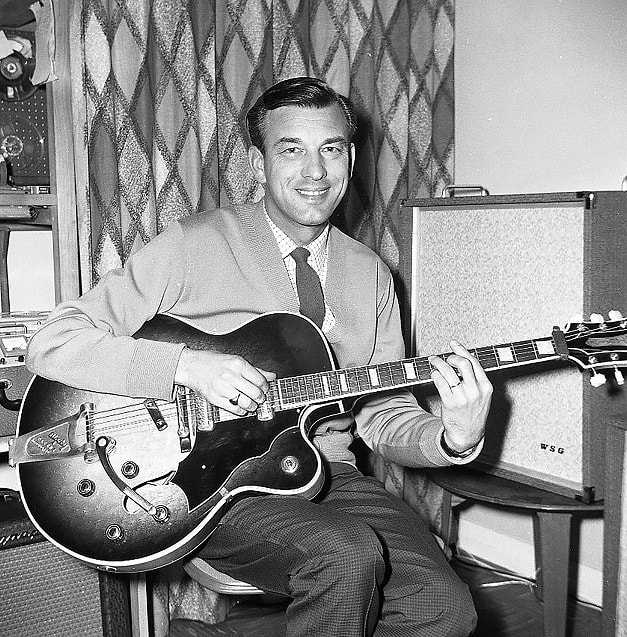
The other is Wout Steenhuis who joined the Dutch resistance and fought the Germans in Holland while still a teenager. After the war he joined his father in Birchington to run a successful fruit and vegetable preservation business before becoming a celebrated guitarist in the 1960s.
Plans to turn a former public hall and cinema in the village’s main street into a strip club in 1964 caused outrage and the local vicar was at the centre of calls to drop the scheme. The building became a nightclub for a time in the 1970s but these days is home to the Baptist church!
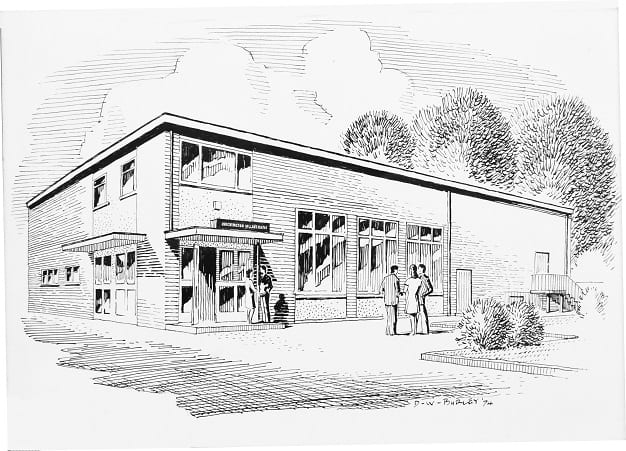
In all there are 29 chapters in A Birchington Patchwork, each looking at a different person, place or event, including how the village got its community centre, a celebration of the three day event Quexpo, the former Spurgeon’s children’s homes and a special focus on Grenham House School, recalling some of Nick’s own experiences there as a pupil in the early 1970s.
Nick said: “On and off, it’s taken just over a year to bring the whole project together. Originally I was planning a book largely of nostalgic photos – there are more than 200 pictures included anyway – but Bill’s collection offered so much material, even a waterskiing dog, that it just couldn’t be left out.
“Anybody who has even the slightest interest in Birchington’s history will marvel at this new book as it brings forth information and photographs which haven’t been seen or read for many years – more than half a century in some cases.”
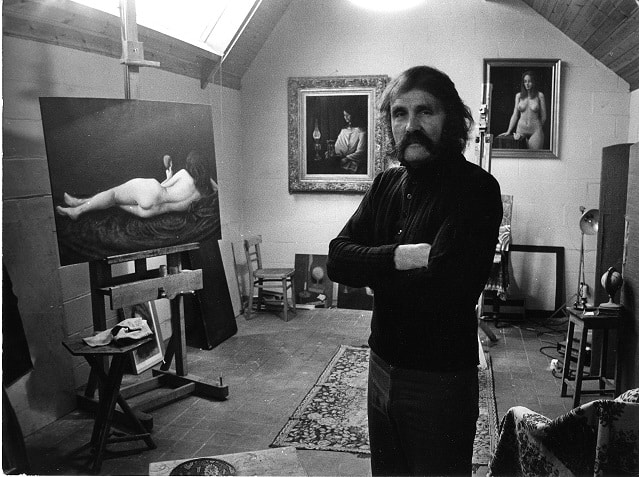
A Birchington Patchwork, ISBN 978-0-9566172-4-8, will be on sale in the village from late September at Hidden Treasures, Station Approach; Quex Barn, Park Lane and Ploughman’s Choice Farm Shop, Park Road, as well as Waterstone’s and WH Smith branches at Westwood Cross and online via www.amazon.co.uk , priced at £14.50.
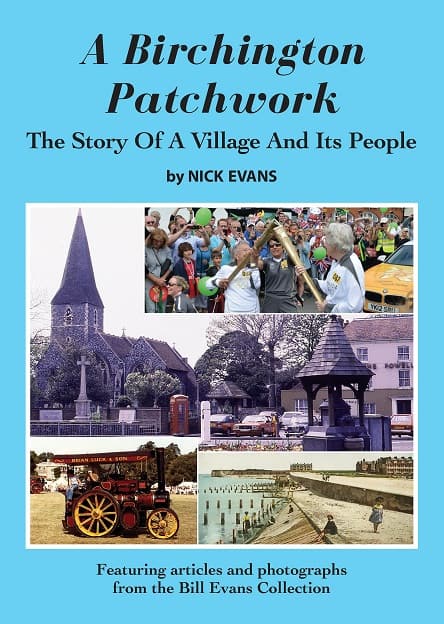
Nick will be signing copies during a public launch of the book at Quex Barn on Friday 28 September between 5pm and 7pm.

